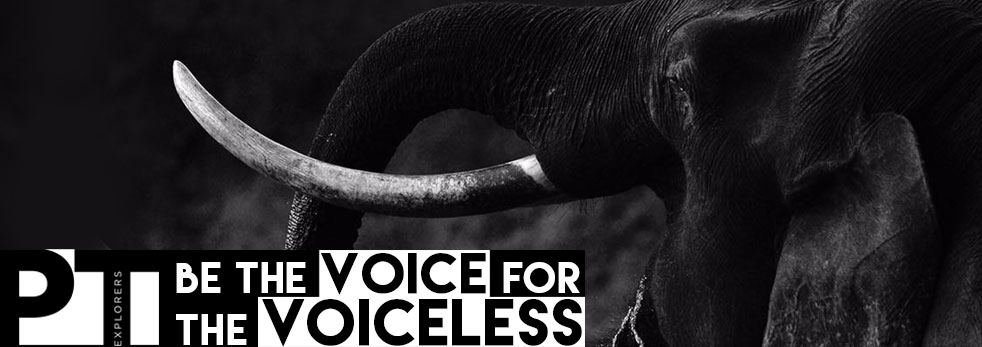
Indian Elephant - Elephas maximus indicus, Conservation status: listed as Endangered by IUCN Indian elephant, scientific name Elephas maximus indicus, is a sub species of Asian Elephants. They are found throughout Southeast Asia including Thailand, Myanmar, Sri Lanka and Malaysia. 20,000 to 25,000 is the approximate population as per the last census. Elephants are the largest land mammals of our times. They are herbivores, requiring a lot of food and are habited to move around. Their main food is grass but they also eat leaves, shoots, barks, fruits, nuts and seeds. On an average they require 150kg of food per day. Indian elephants can live in habitats like tropical forests, grasslands and scrublands. They are good swimmers and can manage deep waters too. Their ears are small compared to African elephants. Females rarely have tusks. Their lifespan is 60 to 70 years and are the oldest living mammal on land. They live in herds of six or more and often there will be many families living together in a herd. The group is made of females and young ones. The older males usually live alone. The female elephants start breeding at 10 years of age and gives birth once in four years.. Their gestation period of 22 months is the longest among mammals. The newborns weigh around 100 kg. All females in the herd help in bringing up the young ones. The calves live with the mother till the age of 5 years. They can grow to three meters tall, six meters long and weigh five tons or more. Photos by: S.K. Arun
Main threat faced is habitat loss. Elephants move around over a large area of 125 square miles.. They follow the same path for generations for migration in search of food and water. The increase in human population resulted in illegal encroachment and deforestation in a major way during the last century. Their regular routes has been disturbed by our constructions, roads and railways. When finding food became an ordeal, elephants started barging into our fields and plantations as an easy alternative. A heard needs very little time to damage a farmer’s entire season seasons’ crops. Now it’s a matter of survival for both sides. Another main threat is posed by poachers for their tusks. Though there is a ban on trading in ivory products globally, the illegal trade is growing in the Asian region. Here too, it’s us humans, our greed and unethical lifestyle, which is the source of all problems. Photos by: S.K. Arun
Poaching, habitat loss and human-elephant conflicts are the major issues we are facing today. Say ABSOLUTE NO to any kind of ivory products. If you receive any information on illegal trading, poaching or illegal encroachment, inform the related authorities and do follow up till there is proper action. We can see lot of examples on illegal encroachment across the world. Unfortunately this encroachment does happen from all levels of society. For some it id just to find place for a hut to live in, but for others it is for plantations or building resorts. Either way it’s damage. We have already caused enough and more deforestation in the last 100 years. Now it’s the time to stop these destructive activities and start a positive move on ground level. Everyone can be the voice for the voiceless. Your voice is important. Your ideas are important. Your actions are important. Share your thoughts and stories with us. Make this world a better place for all living beings to live in peace and harmony. Photos by: S.K. Arun
Copyright © 2026. All rights reserved. PAWS TRAILS EXPLORERS